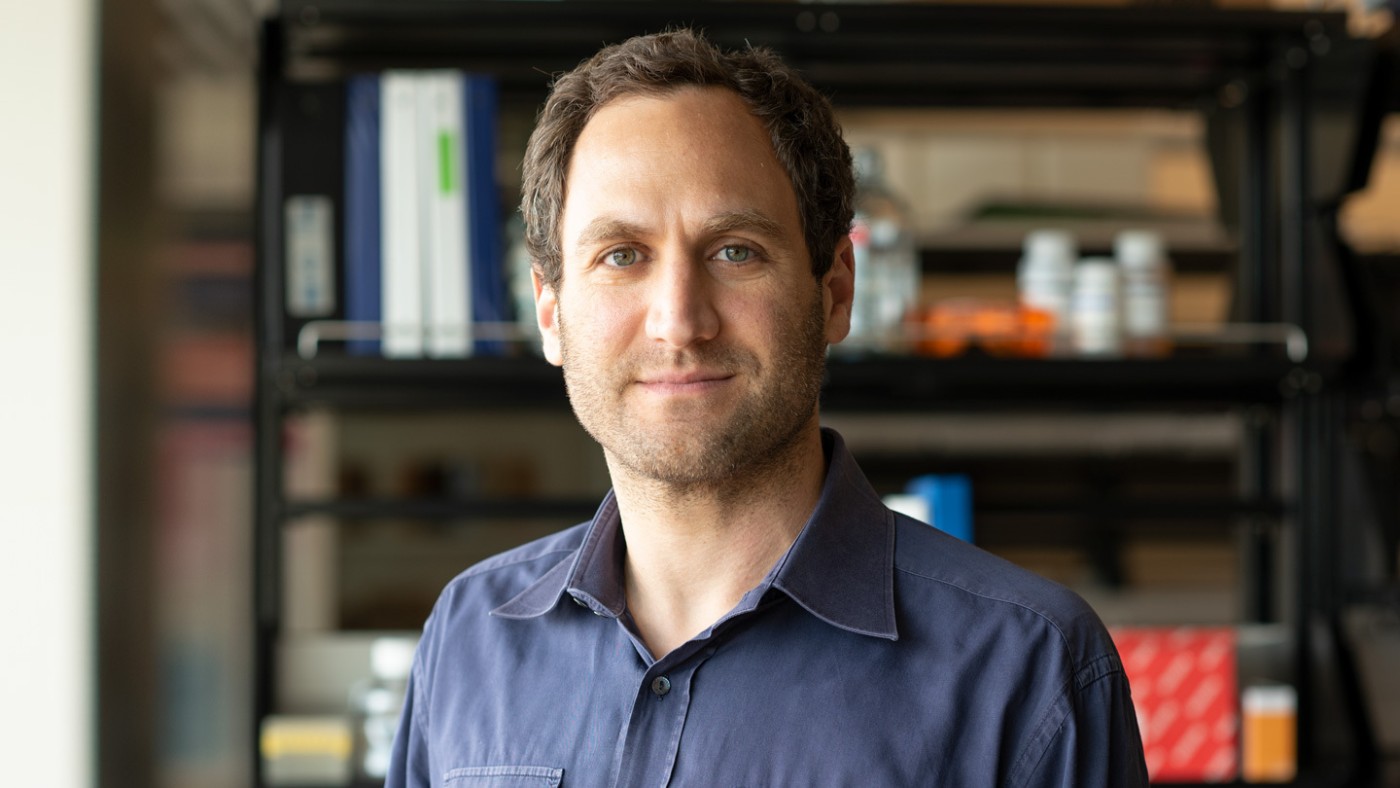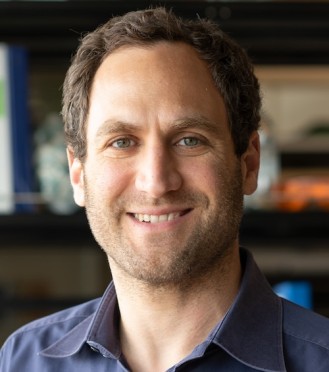Gladstone NOW: The Campaign Join Us on the Journey✕

A team led by Alex Marson mapped out the networks of genes that help differentiate regulatory T cells, the peacekeepers of the human immune system, from other T cells.
Unlike most T cells, which launch immune responses against foreign molecules, regulatory T cells are the peacekeepers of the human immune system, damping down inflammatory reactions when they’re not needed. Now, researchers at Gladstone Institutes, in collaboration with scientists at UC San Francisco (UCSF) and the Technical University of Munich (TUM), have mapped out the networks of genes that help differentiate regulatory T cells from other T cells. Their findings could lead to immune therapies that strengthen or weaken the function of regulatory T cells.
“Piecing together the genetic networks that control the biology of regulatory T cells is a first step toward finding drug targets that change the function of these cells to treat cancer and autoimmune diseases,” says Director of the Gladstone-UCSF Institute of Genomic Immunology Alex Marson, MD, PhD, a senior author of the study.
All T cells, named because they develop in the thymus gland, have similar receptors on their surfaces and play a role in the immune responses that destroy viruses, bacteria, and some cancer cells. But regulatory T cells have a distinct function, acting as a brake to suppress other T cells so that immune reactions don’t go overboard. Studies in mice have suggested that increasing the number of regulatory T cells—and therefore putting stronger “brakes” on the immune system—might help subdue symptoms of autoimmune diseases. On the other hand, blocking regulatory T cells, or lifting these molecular brakes, is suspected to help the immune system better fight cancer.
Therapies that boost populations of regulatory T cells—by removing the cells from patients’ bodies, expanding them, and infusing them back in—are already being tested in people with autoimmune disease, including type 1 diabetes, and organ transplant recipients. So far, however, such treatments generally haven’t involved actually altering the function of the immune cells.
“Most of our previous knowledge about regulatory T cells is from mouse models,” says Kathrin Schumann, a co-first and co-corresponding author of the paper and former UCSF postdoctoral fellow, now an assistant professor at the Technical University of Munich. “We wanted to genetically dissect human regulatory T cells to better understand how they’re wired and how we can manipulate them. Once we understand the functions of each gene, we can precisely edit cells to treat disease.”
In the new study, published in the journal Nature Immunology, Marson, Schumann, and their collaborators used CRISPR-based gene-editing technology to alter regulatory T cells, selectively removing any of 40 different transcription factors. The 40 transcription factors—master genes that control the activation of many other genes—were chosen because previously published data had already hinted that they might perform specific functions in the regulatory cells compared to other T cells.
The researchers then focused on the 10 transcription factors that had the strongest effect in this initial screen, and looked across tens of thousands of genes to see which ones were turned on or off in the altered cells. In all, they performed this analysis on 54,424 individual regulatory T cells.
By analyzing the subsets of genes activated or silenced by these 10 original transcription factors, the team put together vast networks of genetic programs involved in the biology of regulatory T cells. Among the most surprising results, the study revealed that the little-studied transcription factor HIVEP2 has a strong effect on regulatory T cell function. In follow-up studies in mice, the scientists found that removing the HIVEP2 gene reduced the ability of the regulatory T cells to quell inflammation.
“This was a significant hit,” said Sid Raju, a co-first author of the paper and former UCSF computational biologist who is now a graduate student at the Broad Institute of MIT and Harvard. “This gene had really never been implicated in regulatory T cell biology before.”
The team also says their study acts as a proof-of-principle for how powerful the combination of CRISPR gene editing and the analysis of individually edited cells can be in studying the genetics of human biology and human disease.
“Now, we can theoretically take any specialized cell from the body and start removing individual genes and study the consequences on the cells in much finer detail than ever before,” says Marson. “This really opens up human cells removed from the body as a tractable experimental system.”
Support Discovery Science
Your gift to Gladstone will allow our researchers to pursue high-quality science, focus on disease, and train the next generation of scientific thought leaders.
Gladstone’s Scientific Highlights of 2025
Gladstone’s Scientific Highlights of 2025
From fundamental insights to translational advances, here’s how Gladstone researchers moved science forward in 2025.
Gladstone Experts Alzheimer’s Disease Autoimmune Diseases COVID-19 Neurological Disease Genomic Immunology Cardiovascular Disease Data Science and Biotechnology Infectious Disease Conklin LabGenomic Maps Untangle the Complex Roots of Disease
Genomic Maps Untangle the Complex Roots of Disease
Findings of the new study in Nature could streamline scientific discovery and accelerate drug development.
News Release Research (Publication) Marson Lab GenomicsSix Gladstone Scientists Named Among World’s Most Highly Cited Researchers
Six Gladstone Scientists Named Among World’s Most Highly Cited Researchers
The featured scientists include global leaders in gene editing, data science, and immunology.
Awards News Release Corces Lab Doudna Lab Marson Lab Pollard Lab Ye Lab




